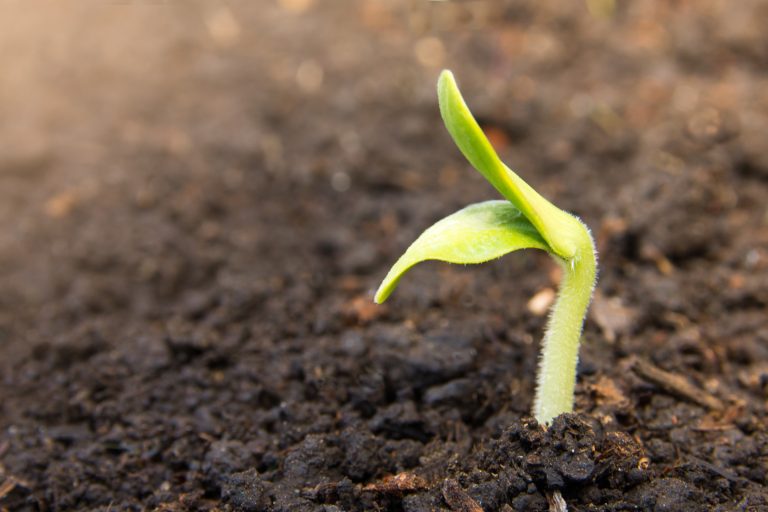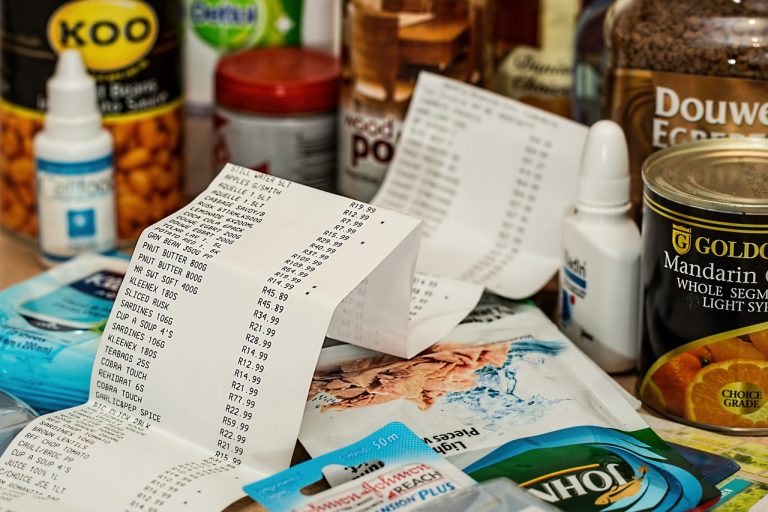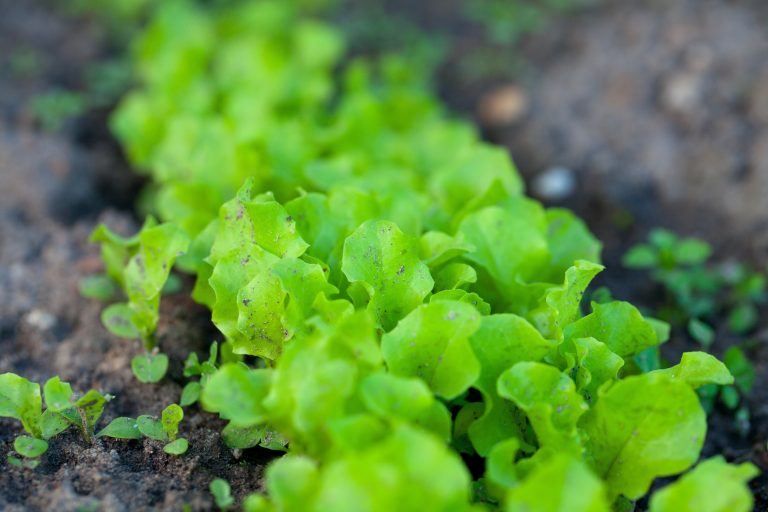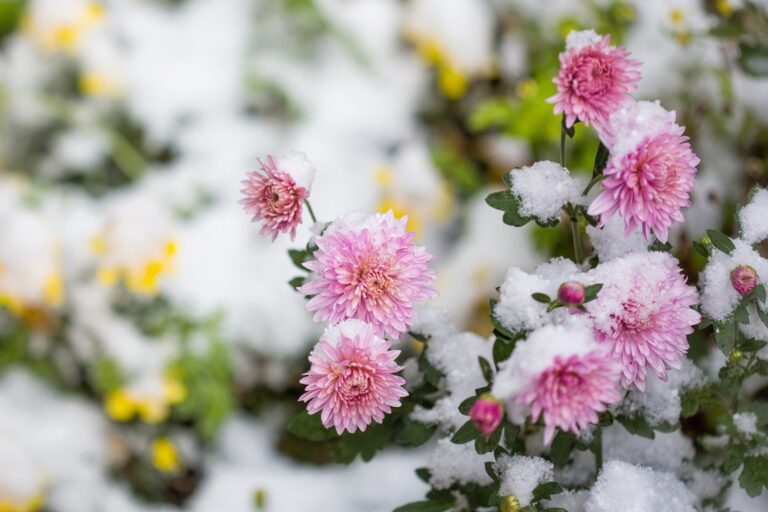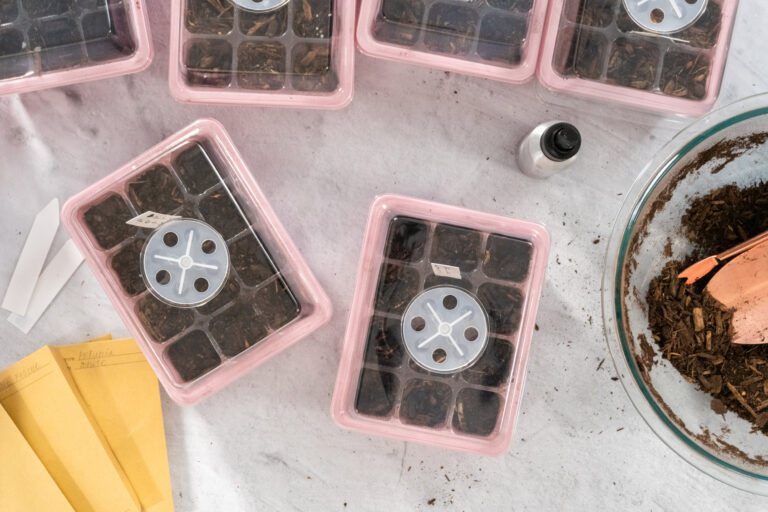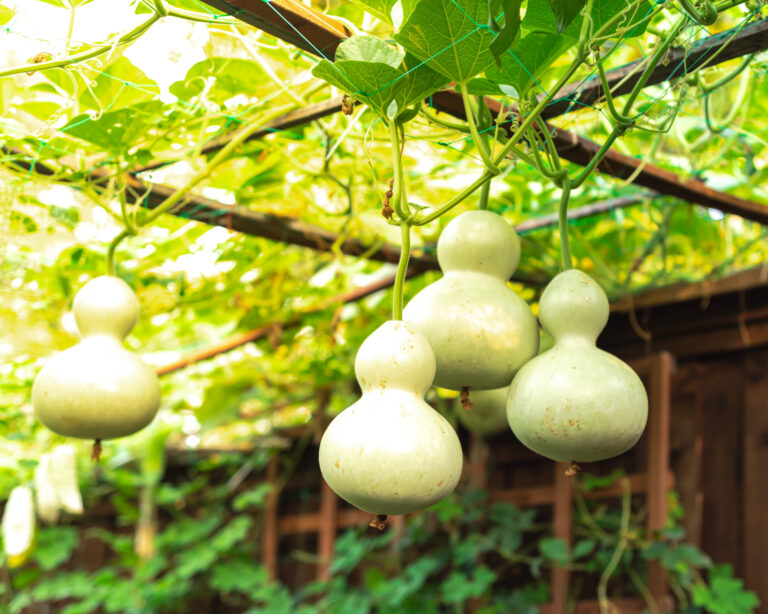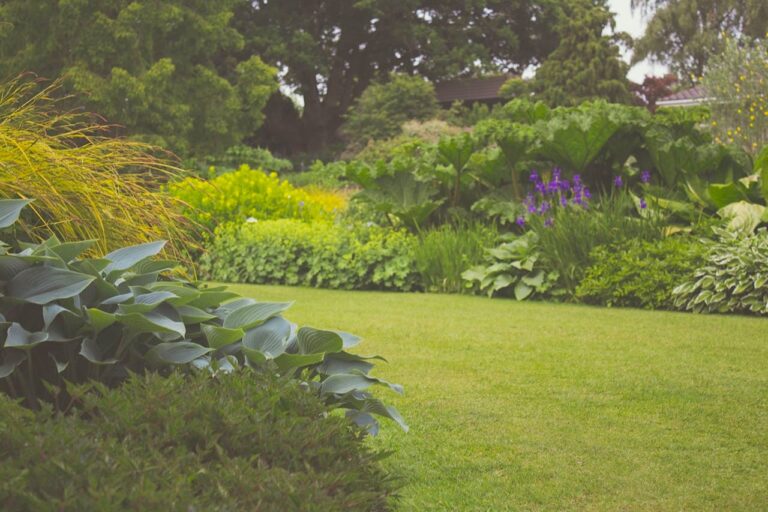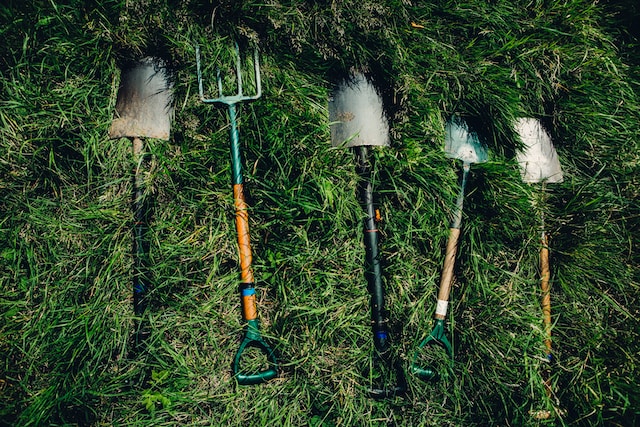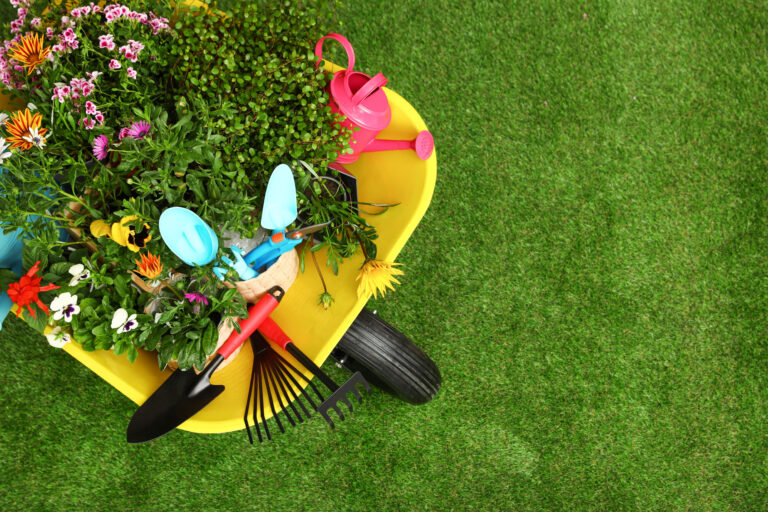My first serious foray into indoor seed starting began with a bang. My husband helped me set up a makeshift grow shelf, and I purchased soil mixes, trays, and pots. I was so ready to get started that I assumed it would be better to get things going sooner rather than later. I quickly…
frugal gardening
Winter Food Budgeting for the Frugal Gardener
In the past, I always noticed a jump in our food budget over the winter months. You’d think that the summer, with its frequent BBQs and outdoor game nights, would put a more significant dent in the budget, but I’ve noticed the opposite. In the summer, we get a lot of food right from the…
The Number One Tenet of Frugal Gardening: Plant What You Love
Apologies for the delay in posting this week. I managed to get mild food poisoning after a lovely brunch, and my stomach was in knots for nearly two days. The gardening season is definitely on its way, though! I love seeing photos of gardens slowly turning green and spotting hidden veggie beds in front or…
What’s a Frugal Gardener to do in the Snow?
Where I live, the snow has arrived and is here to stay. It’s been a month or so now that we’ve begun to shovel our walkway and donned our boots when heading outdoors. A month where I was happy to take a break from thinking about gardening tasks: I think a break is necessary…
Frugal Gardening: How to Budget Money on a Low Income and Still Grow a Beautiful Garden
Gardening can bring joy and tranquility to any home, and with a bit of planning, you can create a lush garden without straining your finances. For those on a low income, growing a garden might seem like a luxury, but with the right tips and tricks, it’s possible to do it affordably. This guide will…
Cheap and Economical Humidity Dome Alternatives
If you grow your plants from seeds then you probably know what a humidity dome is. (If not, don’t worry, we’ll go over it briefly below.) Just like with all of your other gardening supplies, you can buy humidity domes from a variety of different sources. However, you can also DIY them. Here are some…
DIY Squash Trellis Under $10
Growing squash is a great idea. There are many great squash varieties to feed your family. However, you want to plan ahead when growing squash. If you don’t, then this plant can take over your entire garden. In particular, you’ll want to train your squash to grow on a trellis. Here are some great…
17 Gardening Tips for Seniors to Create the Perfect Backyard Oasis
Ah, retirement! The golden years when you finally have time to turn that neglected backyard into your own slice of paradise. But before you start, remember that gardening is supposed to be fun! Whether you’re a seasoned green thumb or a novice nurturing your first petunia, these 17 gardening tips are your secret sauce to…
Frugal Ways To Clean and Disinfect Your Garden Tools
It’s spring and for many of us that’s a great reminder to do some spring cleaning. Cleaning isn’t just for the house, either; you should spring clean your garden. And, of course, you should clean and disinfect your garden tools throughout the year as well. Here are some of the most frugal ways that you…
5 Frugal Ways To Disinfect Garden Tools
Did you know that it’s important for you to disinfect your garden tools? It is! You want to do this regularly. If you’re having a problem with fungus or bacteria, then you should even disinfect items before using them to work on different sections of the garden. It’s not hard, though, so don’t fret. And…
